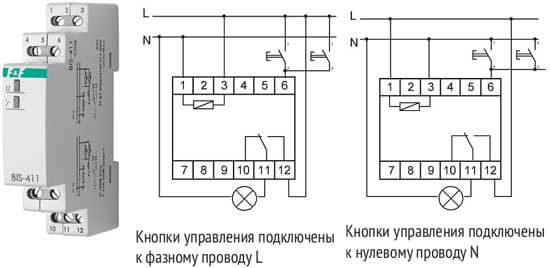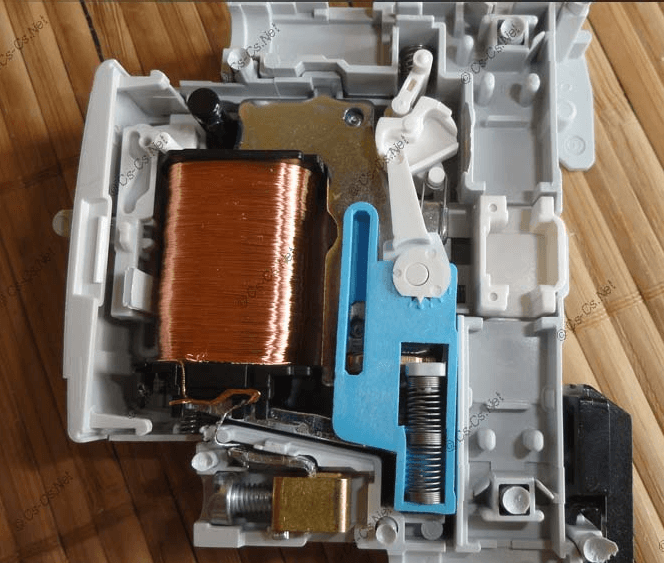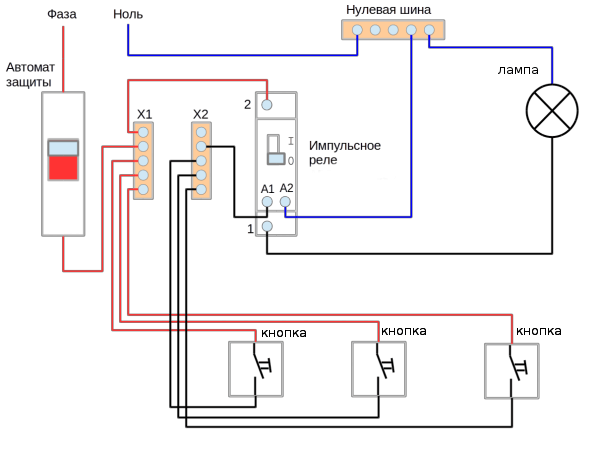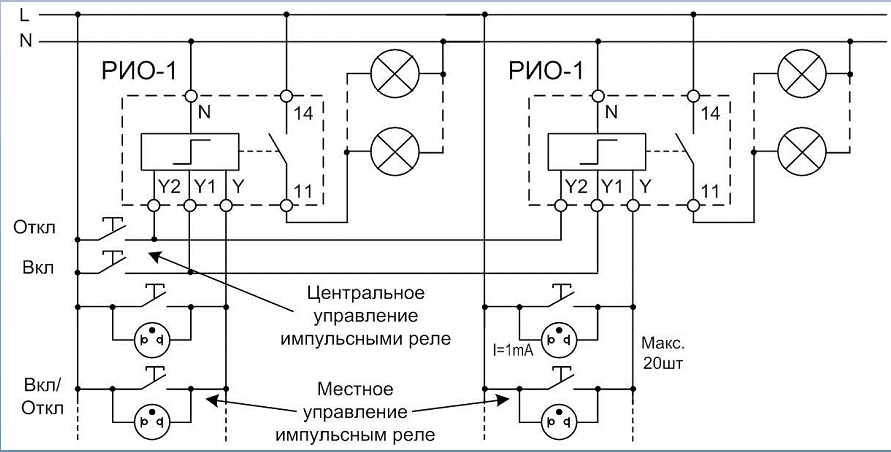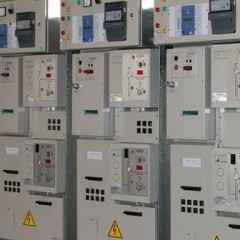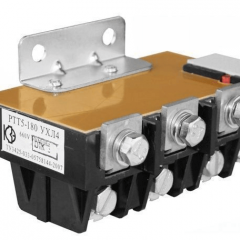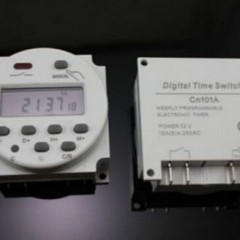What is a pulse relay and what is it for?
Appointment
This switch is designed to enable or disable the load when a signal is applied to the contacts. A bistable relay is called because switching to the on or off state occurs when a signal is applied to the control input. In the same position, the relay remains after the end of the input signal. Even after disconnecting from the network, the pulse relay “remembers” the last position of its contacts and will be in this position when the relay is resumed power, without changing its state until a signal is sent to the control input.
Principle of work and appearance
There are currently two types of devices:
- electromechanical.
- electronic.
Each type has its pros and cons, they are also performed in different buildings, and under DIN rail in particular. Their purpose unites, but the principle of operation of pulse relays is different, which we will talk about now.
Electromechanical relay - has a control coil and mechanical contacts, which operate according to a similar principle of a snap button. They sent a signal to the coil (pressed the button), the contacts closed. They stopped supplying voltage to the inputs (released the button), and the contacts remained in the closed position. When the control pulse is repeated (the button is pressed again), the mechanism opens the contacts and remains in this position until the next pulse.
Electronic relays come with a relay output or with a semiconductor switch. These devices are collected on the basis of microcontrollers, which control the switching of the load and monitor the signal input. In addition, some controllers are combined with timers, which allows you to expand the scope and collect specific circuits on the basis of one device.
We figured out how pulse relays work. Now let's move on to a more complex issue - the scheme of connecting the device to the network.
Wiring diagram
In this connection diagram of the pulse relay, it can be seen that control is carried out by means of spring-return switches (buttons), connected in parallel to each other.To organize the control circuit to the switches, it is enough to conduct a thin two-wire wire, and the power wire of the lighting is connected to the contacts of the bistable relay. Thus, the circuit is simplified, installation is reduced to laying wires from the buttons to a bistable device, and simply connecting them in parallel.
We draw your attention to the fact that there are models in which the backlighting of the buttons is provided, otherwise the backlight will have to be excluded, read the model passport first.
There are also models with coil control from 8, 12, 24 volts 220 volts. A separate power source is required for their operation.
An example of an instruction of a pulse relay RIO-1:
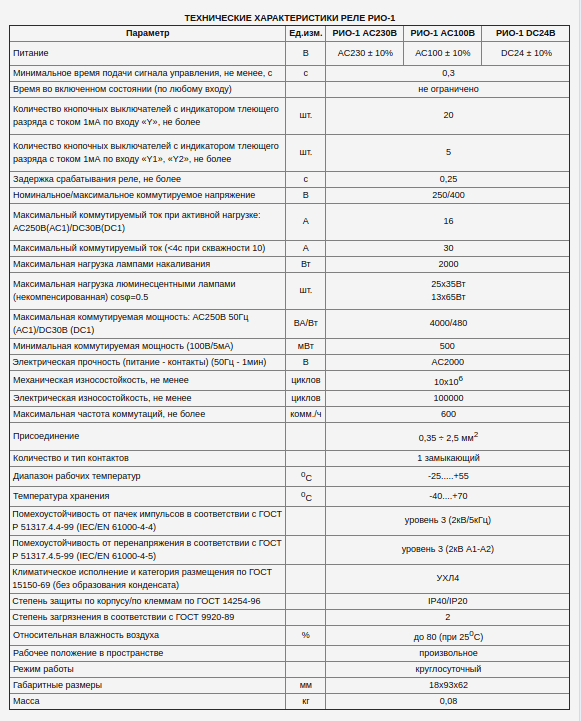
Application area
In smart home control circuits, pulse relays are the main actuator. Some models are equipped with an additional input, in addition to the main one, for group disconnection. An example of centralized control of the RIO-1 relay (here you can also find the symbol of the device):
For example, you have two floors, and when you left, you forgot to turn off the lights on the second floor. In order not to return to the switch, all electronic light switches are connected to a group control network, when a signal is applied to them, they become in the off position. That is, from one place you can turn off the light, and then turn on each individually from the button.
Devices with timers are conveniently installed in places where lighting is needed for a short time. Entrance, front door, shed, basement garage and more. After pressing the button, the device works, supplying power to the lighting. At this time, the timer counts the time, after which it gives a signal and the pulse relay is turned off.In order to disable the timer, it is enough to press the button twice in a row, and it will be turned off until the button is pressed. You can find out more about the operation of a pulse relay with switches by watching this video:
We hope our article has expanded your horizons, and you can improve comfort with the help of such automation. This is where we end the review of the device, the principle of operation and the scope of the pulse relay. As you already understood, this unit is most often used to control lighting in the house.
It will be useful to read:

